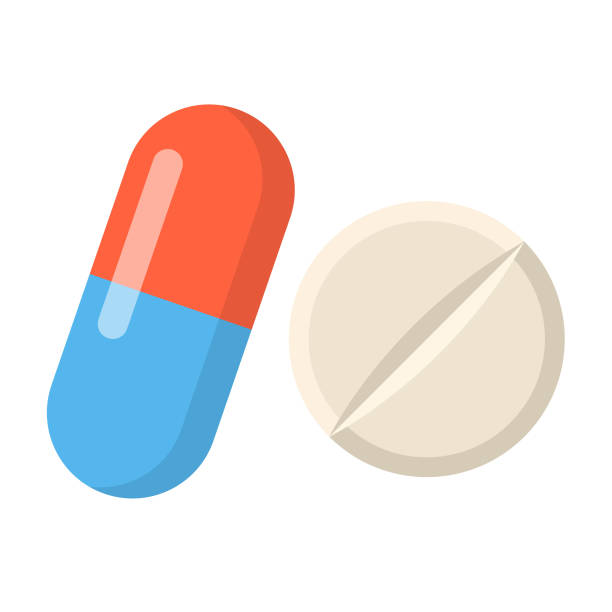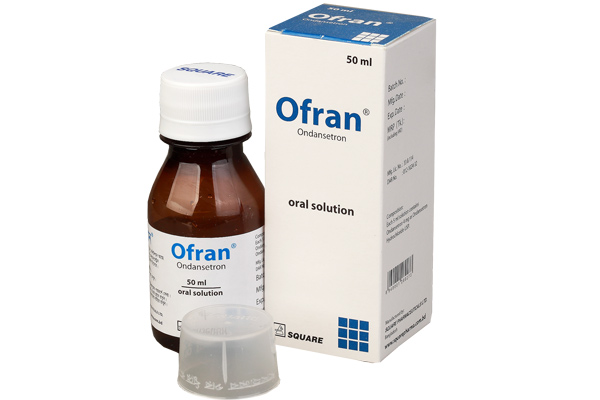Artemether + Lumefantrine
Indications
This preparation is indicated for: Treatment and stand by emergency treatment of adults, children and infants with acute, uncomplicated infection due to Plasmodium falciparum or mixed infections including P. falciparum. Because Artemether and Lumefantrine is effective against both drug sensitive and drug resistance P. falciparum. This preparation is also recommended for malaria infections acquired in areas where the parasites may be resistant to other antimalarials. Stand by emergency treatment: Most tourists and business travelers, considered to be non-immune, will be able to obtain prompt medical attention if malaria is suspected. However a minority at risk of infection may be unable to obtain such care within 24 hours of onset of symptoms, particularly if they are in an isolated location far from medical services. In such case, prescribers are advised to issue Artemether and Lumefantrine to be carried by the traveler for self-administration (stand by emergency treatment). Consideration should be given to official guidance regarding the appropriate use of the anti-malarial agents.
Pharmacology
This preparation contains a fixed ratio of 1:6 parts of Artemether and Lumefantrine respectively. Artemether is a derivative of naturally occurring substance Artemisinin. Lumefantrine is a synthetic racemic fluorine mixture belonging to the aryl amino alcohol family like other anti-malarials (e.g. Quinine, mafloquine, halofantrine). Both components act in the food vacuoles of malarial parasites, where they are thought to interfere with the conversion of haem, a toxic intermediate formed during haemoglobin breakdown, to the non-toxic haemozin (a malaria pigment). Lumefantrine is thought to interfere with the polymerization process, while Artemether generates reactive metabolites as a result of interaction between the peroxide bridge and haem iron. Both Artemether and Lumefantrine have a secondary action involving inhibition of nucleic acid - protein synthesis within the malarial parasites. This tablet did not induce resistance. This tablet is active against blood stages of Plasmodium vivax, but it is not active against hypnozoites. Therefore, sequential treatment with premaquine should be used to achieve hypnozoite eradication.
Dosage And Administration
Patients with acute malaria are frequently averse to food. The dose should be taken with high fat food or drinks such as milk. In the event of vomiting within 1 hour of administration a repeat dose should be taken.
Adults and children weighing 35 kg and above: A standard 3 days treatment schedule with a total of 6 doses is recommended dosage is 4 tablets as a single dose at the time of initial diagnosis, again 4 tablets after eight hours, and then 4 tablets twice daily (morning and evening) on each of the following two days (Total course comprises 24 tablets).
5 to <15 kg body weight: 1 tablet at the time of initial diagnosis, 1 tablet again after 8 hours and then 1 tablet twice daily (morning and evening) on each of the following two days (Total course comprises of 6 tablets).
15 to <25 kg body weight: 2 tablets as a single dose at the time of initial diagnosis , 2 tablets again after 8 hours and then 2 tablets twice daily (morning and evening) on each of the following two days (Total course comprises 12 tablets).
25 to <35 kg body weight: 3 tablets as a single dose at the time of initial diagnosis, 3 tablets again after 8 hours and then 3 tablets twice daily (morning and evening) on each of the following two days (Total courses comprises 18 tablets).
Interaction
No such result is available.
Contraindications
Hypersensitivity to any of the ingredients or excipients; Patients with severe malaria according to WHO definition; First trimester of pregnancy; Patients with a family history of congenital prolongation of the QTc interval or sudden death or with any other clinical condition known to prolong the QTc interval such as patients with a history of symptomatic cardiac arrythmias with clinically relevant bradycardia or with severe cardiac disease; Patients with known disturbance of electrolyte balance e.g. hypokalaemia or hypomagnesemia; Patients taking any drug which is metabolized by the cytochrome enzyme CYP2D6 (e.g. flecainide, metoprolol, imipramine, amitriptyline, clomipramine).
Side Effects
It is generally very well tolerated by children and adults, with most adverse effects are of mild to moderate severity and duration. Hypersensitivity, headache, dizziness, sleep disorder, somnolence, involuntary muscle contractions, paraesthesia, hypoesthesia, abnormal gait, ataxia, palpitation, cough, abdominal pain, anorexia, diarrhoea, vomiting, nausea, pruritus, rash, arthralgia, myalgia, asthenia, fatigue.
Pregnancy And Lactation
Use in pregnancy & lactation is contraindicated; especially in the first trimester of pregnancy. Breast feeding women should not take this preparation. Due to the long elimination half-life of Lumefantrine (4-6 days), it is recommended that breast feeding should not resume before day 28 unless potential benefits to the mother and child outweigh the risk of treatment.
Precautions And Warnings
This has not been evaluated for prophylaxis and is therefore not indicated. This is also not evaluated for the treatment of cerebral malaria or other severe manifestations of severe malaria including pulmonary oedema or renal failure.
Overdose Effects
In cases of suspected over dosage, symptomatic and supportive therapy should be given as appropriate. ECG and blood potassium level should be monitored.
Therapeutic Class
Anti-malarial drugs
Storage Conditions
Keep below 30°C temperature, away from light & moisture. Keep out of the reach of children.

